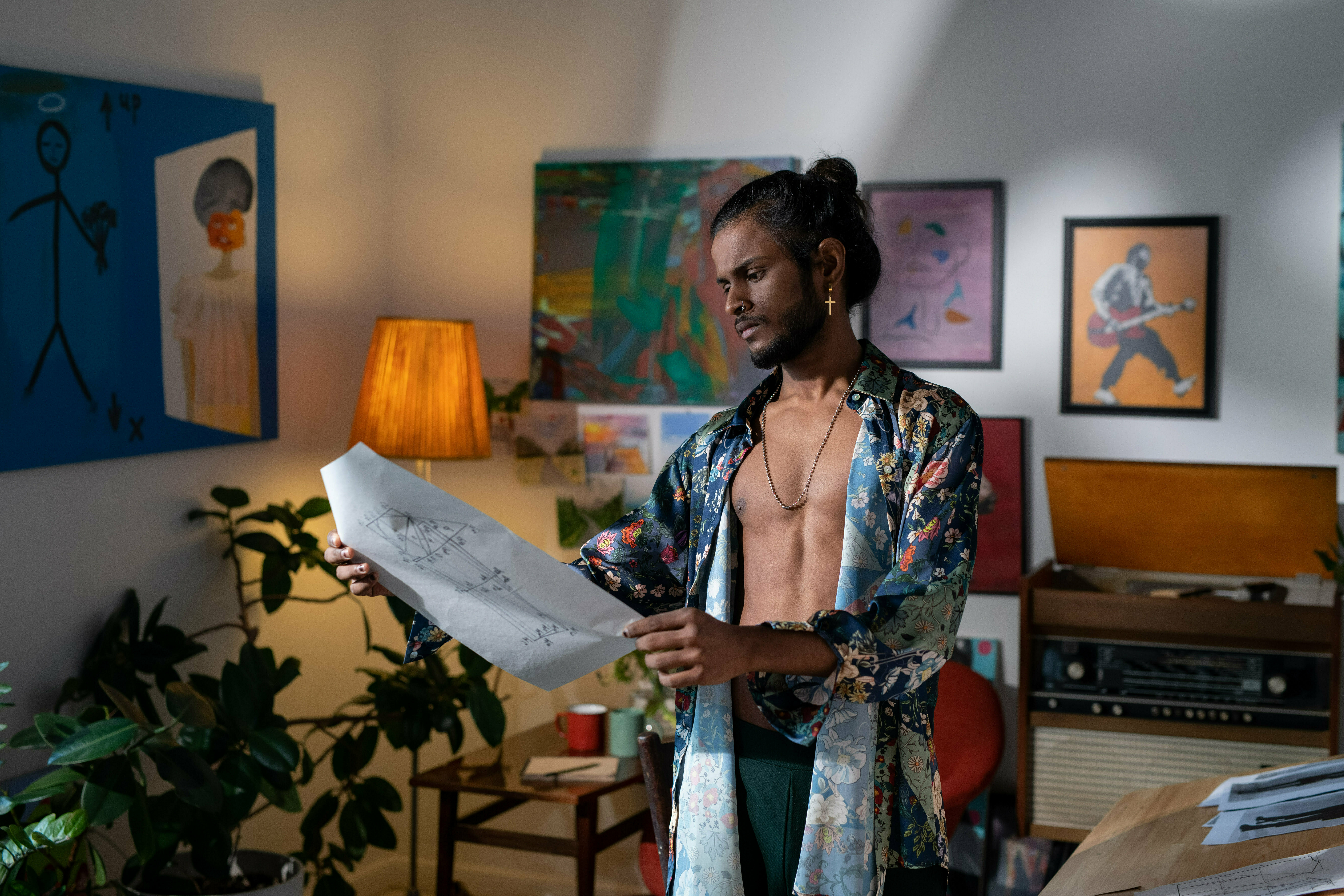Over the years, the fashion industry has gradually started to break down the barriers between genders, thereby promoting self-expression and inclusivity. From runways to high-street stores, unisex and gender-fluid clothing items are becoming increasingly popular.
Tracing the History of Gendered Fashion

Historically, clothing hasn’t always played a significant role in defining gender roles and societal expectations. From the 19th century onward in the Western world, gender-specific fashion was predominantly functional and aimed at accentuating traditional gender roles. However, the changing political and social landscape of the 20th and 21st centuries brought about new attitudes towards fashion. The onset of World War II, for example, led women to take on roles traditionally reserved for men, and hence their attire also evolved to reflect a more practical and utilitarian approach. This first wave of change in gendered fashion provided the impetus for continuous progress.
The latter half of the 20th century saw iconic moments, such as the rise of the Women’s Liberation Movement and the Sexual Revolution, which reshaped the cultural and societal understanding of gender. Fashion played a crucial role in reflecting and influencing the change in perceptions about gender, as designers started experimenting with androgynous clothing and blurring the lines between feminine and masculine clothing styles. The 1960s witnessed the rise of unisex fashion and the popularity of clothing items such as jeans and t-shirts that could be worn by both men and women. These early shifts paved the way for broader acceptance of gender-fluid fashion trends.
Changing Cultural Attitudes Towards Gender Norms
Today, we live in an era where conversations about gender fluidity, non-binary identity, and LGBTQ+ rights have come to the forefront. This evolution from rigid gender binaries has been reflected in the fashion industry with a surge in gender-neutral and unisex clothing items. Not only are these garments versatile and practical, but they also play a significant role in breaking down gender stereotypes and promoting inclusivity.
Millennials and Gen-Z, with their progressive attitudes toward gender roles, are driving this change in perception towards fashion. Many young people are advocating for a more inclusive approach to fashion, which has opened up new opportunities for designers to create pieces that cater to a diverse demographic of consumers. For example, wide leg pants can be found in unisex designs, offering a comfortable and stylish choice for everyone.
The increasing presence of gender-fluid fashion and clothing items has not only challenged traditional gender norms but has also allowed individuals to express their identity authentically. This shift towards inclusivity and self-expression has been widely embraced, transforming the face of the fashion industry as we know it.
The Rise of Androgynous Fashion and Iconic Designers

Androgynous fashion has been gaining traction over the past few decades, with key designers like Jean-Paul Gaultier and Alexander McQueen showcasing gender-neutral and gender-fluid designs on their runways. These fashion icons have played a central role in normalizing unisex clothing and ensuring greater representation and inclusivity in the fashion industry.
Other prominent names in the fashion world, such as Calvin Klein, Rick Owens, and Rei Kawakubo of Comme des Garçons, have also made a niche for themselves thanks to their innovative and unique unisex designs. This has encouraged big brands and retailers to include gender-neutral clothing lines in their collections, making it possible for consumers to find gender-fluid clothing options on the high street.
Celebrities like Jaden Smith, Tilda Swinton, and Billy Porter have also been influential in promoting androgynous fashion, often wearing gender-fluid clothing on red carpets and public events. Their support and endorsement of these clothing choices have opened up discussions about the importance of breaking gender stereotypes and embracing individual preferences in fashion.
Overall, the growing popularity of gender-fluid fashion trends is a testament to the progress society has made in breaking down gender stereotypes and working towards creating a more inclusive and diverse world. Today, we have access to an ever-expanding spectrum of unisex and gender-neutral clothing options, allowing individuals to express their identity authentically and making fashion an agent of positive change.





